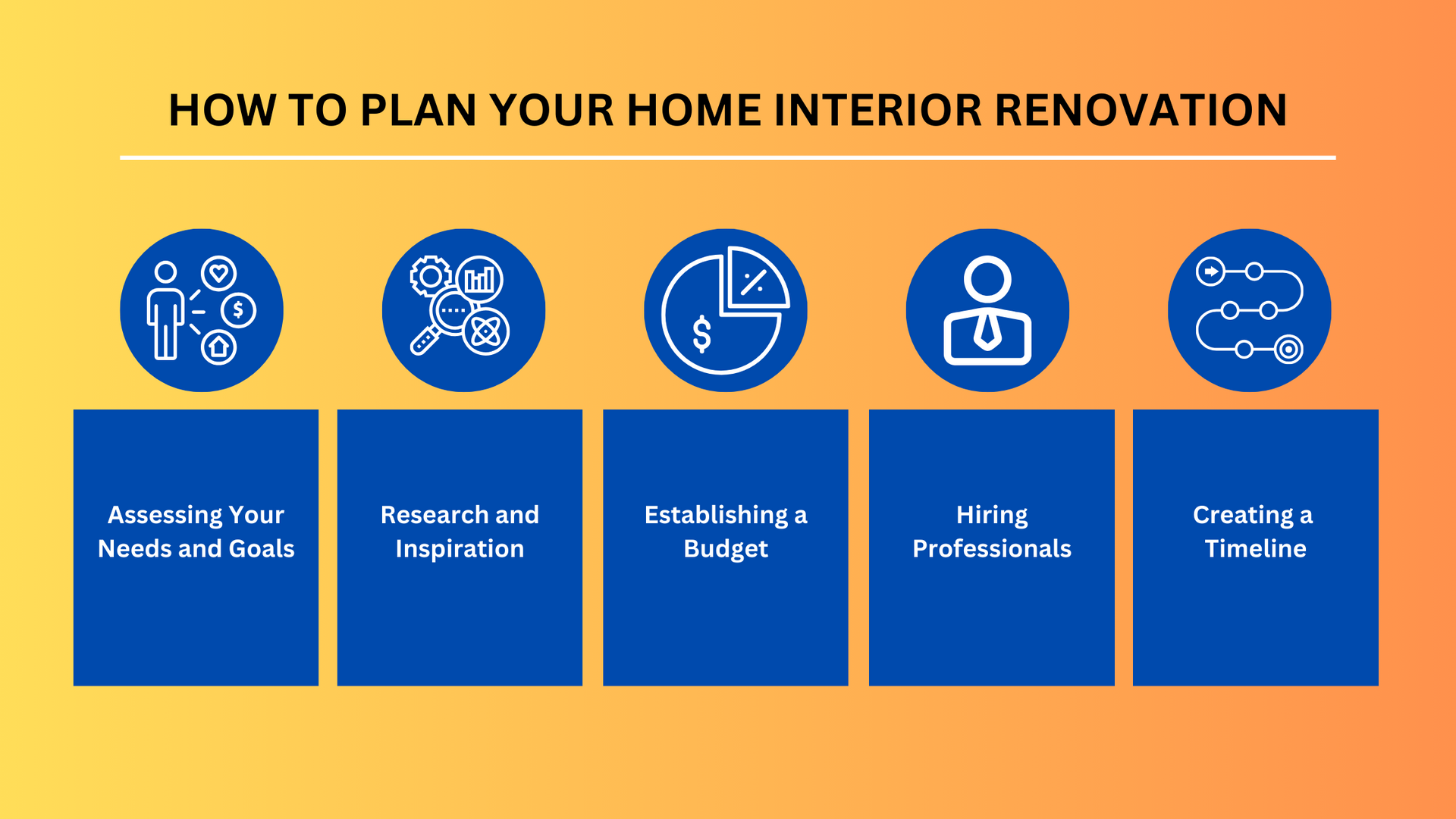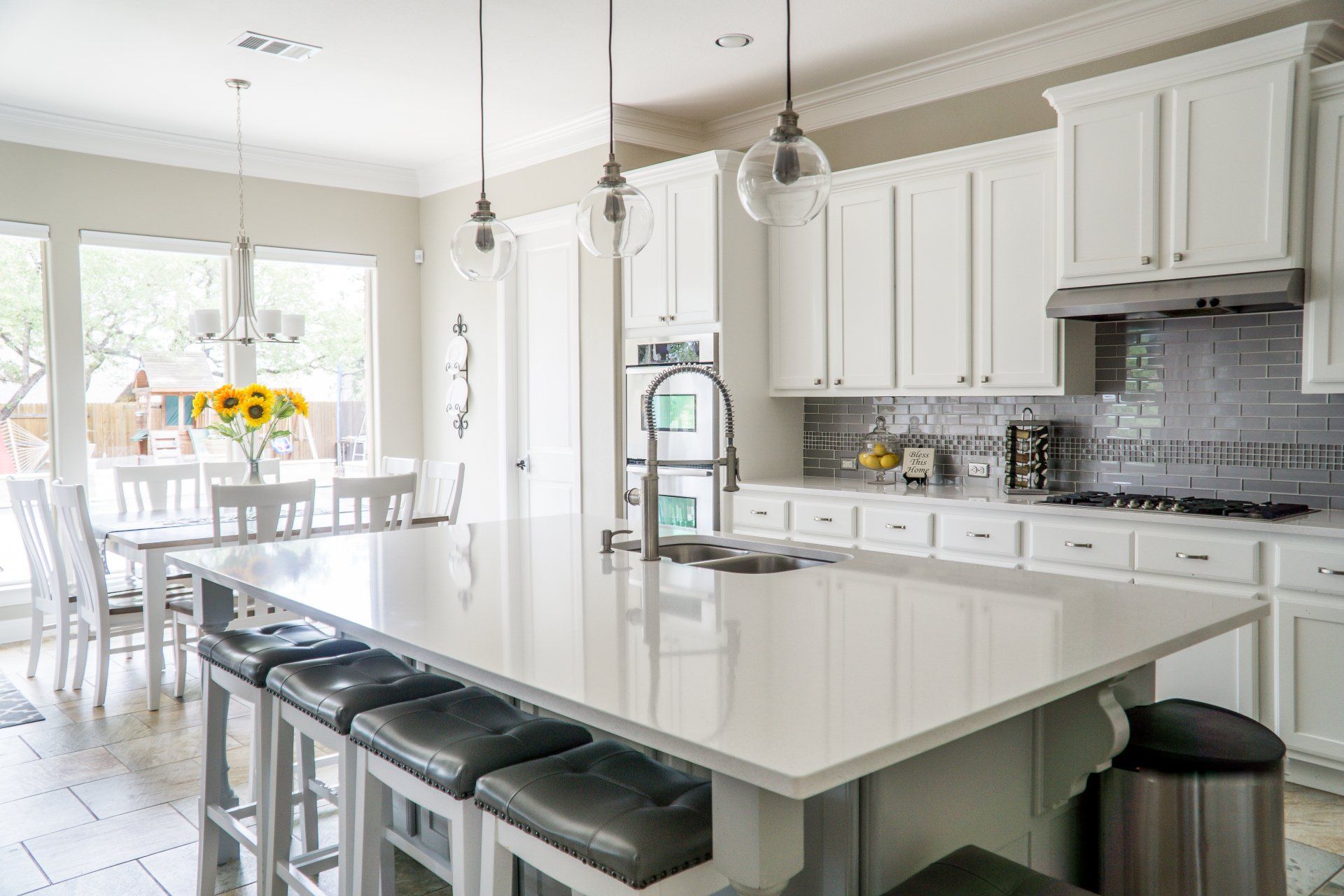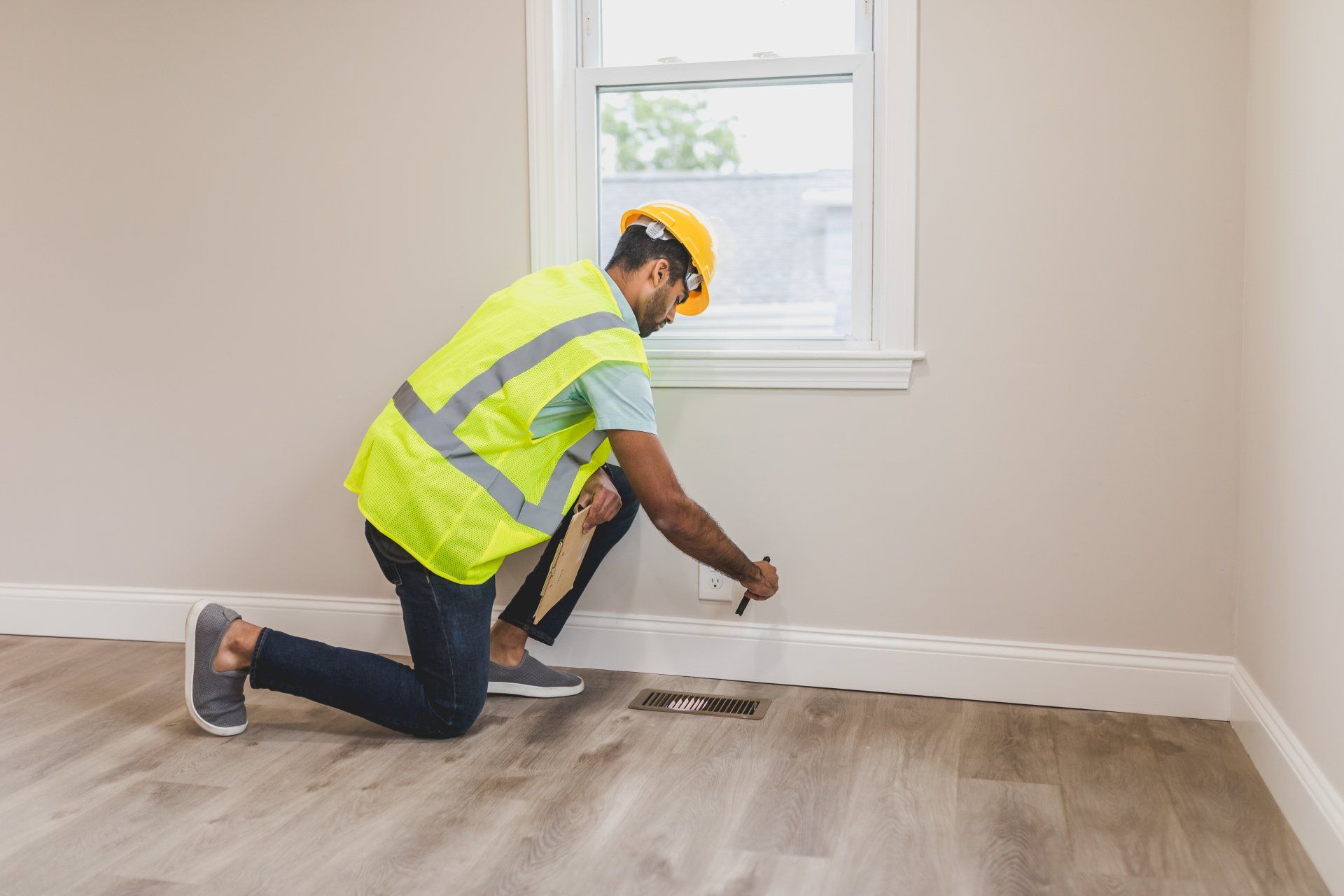How to Plan Your Home Interior Renovation: A Step-by-Step Guide
How to Plan Your Home Interior Renovation

Whether you're looking to enhance functionality, update aesthetics, or address structural issues, a well-planned renovation can transform your house into the dream home you've always envisioned. This comprehensive guide will walk you through the step-by-step process of planning and executing a successful home interior renovation.
Step 1: Assessing Your Needs and Goals
Before diving into the renovation process, assessing your needs and goals is crucial. Identify problem areas within your home, such as structural issues, functionality concerns, or outdated aesthetics. Prioritize your objectives, considering both your immediate needs and long-term goals. This initial step sets the foundation for a focused and purposeful renovation.
Properly assessing your home's current state allows you to prioritize your renovation goals effectively. This step ensures that your project addresses the most pressing issues and aligns with your vision.
Step 2: Research and Inspiration
Gathering inspiration is a pivotal step in the planning process. Explore various design styles, utilize online platforms, and visit showrooms to spark ideas. Create a vision board to visually articulate your preferences, including color schemes and specific design elements. Researching and gathering inspiration fuels your creativity and provides a clear direction for your renovation project.
Immersing yourself in research and inspiration lays the groundwork for a well-informed renovation plan. Your vision board is a tangible reference, guiding you and your chosen professionals throughout the project.
Step 3: Establishing a Budget
Setting a realistic budget is a critical aspect of the planning process. Determine the scope of your project, create a room-by-room breakdown, and estimate costs for materials, labor, and any additional expenses. Allocate funds based on your priorities, considering both expected and unexpected costs. Obtaining quotes from contractors helps in fine-tuning your budget and ensures financial transparency.
A well-defined budget serves as a roadmap for your renovation, preventing overspending and allowing you to make informed decisions. It also provides a basis for selecting contractors and setting realistic expectations.
Step 4: Hiring Professionals
Selecting the right professionals for your renovation is paramount to its success. Research local contractors, check credentials and references, and obtain multiple quotes to make an informed decision. If your project involves intricate design elements, consider hiring an interior designer. Communication is vital, so ensure that you and your chosen professionals share a clear understanding of your goals, budget, and timeline.
Choosing reputable professionals lays the foundation for a smooth and successful renovation. Regular communication and a shared vision with contractors and designers foster a collaborative environment, ensuring your project stays on track.
Step 5: Creating a Timeline
Establishing a realistic timeline is essential for managing expectations and coordinating various aspects of the renovation. Consider the project's complexity and potential delays and sequence multiple phases accordingly. Setting achievable milestones helps track progress and ensures the renovation stays on schedule.
A well-thought-out timeline is a proactive approach to managing your renovation project. It allows you to anticipate potential challenges and ensures that the process unfolds smoothly, keeping your project on track and within the set timeframe.
Questions to Ask Yourself Before Planning Your Home Interior Renovation
Home interior renovation is an exciting venture that promises to transform your living space. However, the success of such a project lies in meticulous planning and consideration of essential factors. Here are ten crucial questions to guide you in the pre-planning phase.
- Structural Assessment: Have you thoroughly inspected your home's structural integrity? Identifying potential issues early on ensures a solid foundation for your renovation.
- Functional Evaluation: What aspects of your current layout hinder functionality? Assessing your space's flow and efficiency helps pinpoint areas needing improvement.
- Aesthetic Preferences: What is your preferred design style? Whether contemporary, traditional, or a fusion of styles, clarifying your aesthetic preferences provides a roadmap for the design phase.
- Defining Objectives: What specific goals do you aim to achieve with your home interior renovation? Whether creating more space, enhancing natural light, or upgrading outdated features, clearly defined objectives guide the entire process.
- Budget Considerations: How much will you invest in your renovation project? Establishing a realistic budget, including contingency funds, helps manage expectations and ensures financial feasibility.
- Inspiration Gathering: Where do you draw inspiration for your home's transformation? Explore design styles, materials, and color palettes through online platforms, showrooms, and model homes to create a comprehensive vision.
- Vision Board Creation: Have you compiled a vision board with images and samples that resonate with your desired aesthetic? This visual tool aids in communicating your preferences to contractors and designers.
- Contractor Selection: How do you choose the right contractors for your project? Thoroughly research local companies, check credentials, and obtain multiple quotes to make an informed decision.
- Timeline Planning: What is a realistic timeframe for your renovation? Consider the project's complexity and potential delays, and sequence multiple phases to create a well-structured timeline.
- Permit Requirements: Have you researched local building codes and permit requirements? Ensuring regulation compliance prevents legal complications and sets the foundation for a smooth renovation process.
Addressing these fundamental questions sets the stage for a successful and well-executed home interior renovation that aligns with your vision and goals.
Key Takeaway
The home interior renovation journey requires meticulous planning and strategic execution. Assessing structural integrity, functionality, and aesthetic preferences sets the groundwork for success. Researching design styles through online platforms and showrooms aids in creating a comprehensive vision board. Establishing a realistic budget, considering unforeseen costs, and obtaining quotes from contractors are crucial steps to ensure financial feasibility. Hiring professionals, including contractors and interior designers, is essential for quality outcomes.
Creating a detailed timeline and obtaining necessary permits is critical for a smooth renovation process. The demolition and construction phases demand careful planning and constant supervision. Attention to detail during the interior finishing stage, including flooring, painting, and fixture installation, contributes to the project's overall success. Adding final touches with furniture placement and decorative elements brings the envisioned transformation to life. Post-renovation, providing maintenance guidelines and a final walkthrough ensures client satisfaction. In celebrating the transformation, homeowners can confidently contact Roberts and Sons Construction LLC for their home interior renovation needs.




